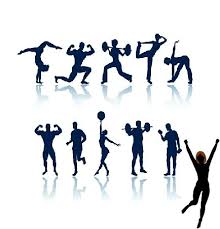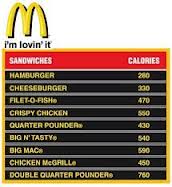A Healthy Diet Is Required For Proper Fitness

Keeping fit is something that many people overlook until they are out of shape and therefore must work harder to reach their physical goals. However, the work put into keeping your body healthy is worth it in both immediate results and long-term benefits. Here are some tips on fitness that can help keep you happy and healthy for years to come.
In order to truly commit to a fitness program, you need to change your attitudes and beliefs about fitness. You need to be willing to work hard, even when you’re feeling tired or lazy. Only if you are willing to make solid, lasting changes will you able to make fitness a part of your life.
In order to get the most out of your fitness routine when swimming, be sure to work on your ankle flexibility. This will help not only in preventing injury, but also will increase your performance in the water. This can be done simply by suspending your legs and pointing your toes away from you, then upward for a full minute.
One way to maximize your fitness routine is to keep track of your workouts and how well you did. This will result in positive thinking and will push you to compete against yourself. There are many online logs that you can keep, as well as devices that you can use to automatically track your workouts. This way you can see your progression and formulate your own challenges.
A great way to help you get fit is to start doing compound lifts. Compound lifts are lifts such as the bench press, squat, pull-up, and deadlift. These lifts are better than isolation lifts because they use more than once muscle group. Isolation lifts tend to only use one muscle group.
A good, and easy exercise to try when getting into better physical shape is walking. Walking at a fast pace for fifteen to twenty minutes a day can quickly impact your fitness goals. If you stroll for thirty minutes, you can have a similar impact to your body, it will just be more gradual.
The trapezius muscles are easily one of the most neglected body parts when it comes to exercise. To exercise them, simply hold a dumb bell in each hand, and lift your shoulders. Then lower them slowly. The trapezius muscles are an important part of upper body and back strength.
Are you looking to speed up your run? To increase the speed of your running time, make your actual running strides quicker instead of making your strides bigger. This will shave time off of your run. Push off with the toes of your trailing leg to get you going.
As stated earlier in the article, keeping fit can be hard work, but the rewards reaped from your efforts will be well worth the work. Maintaining proper fitness can help you lead a longer life, and help you enjoy the life you have now more fully. Follow the advice you learned from this article to get started on the road to better fitness.

